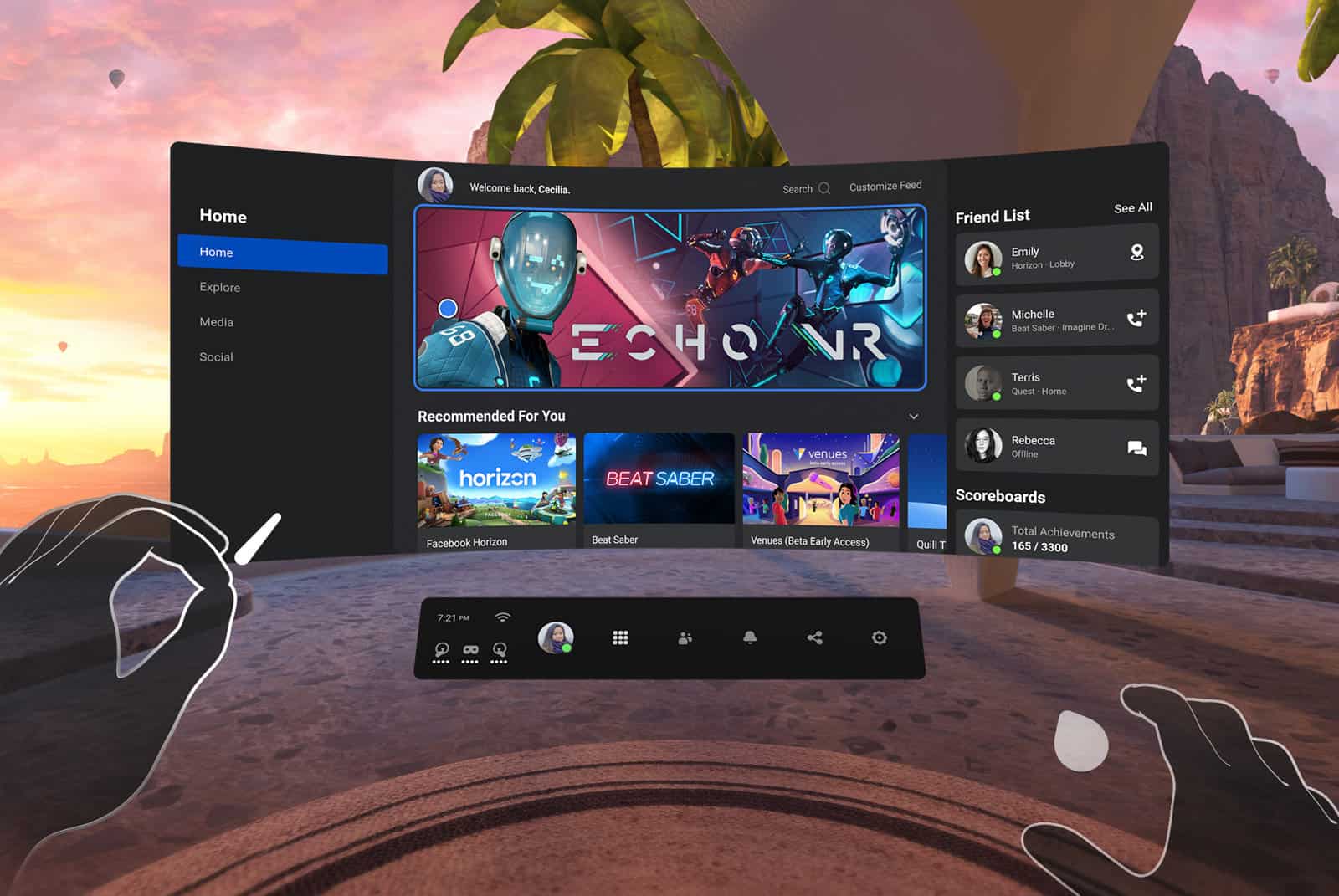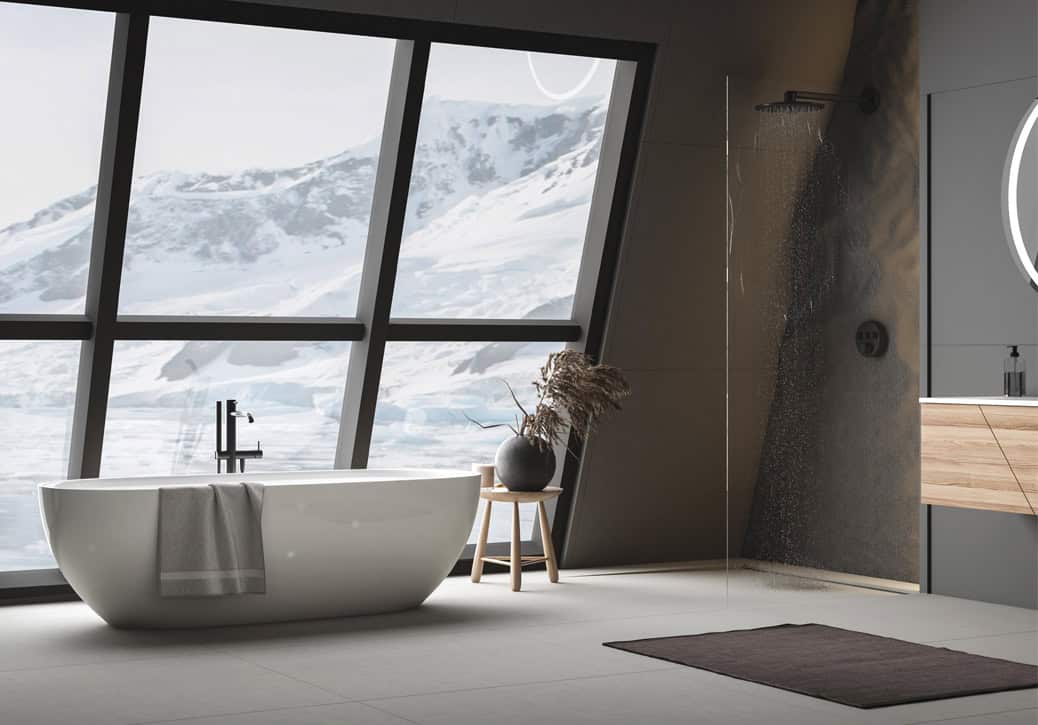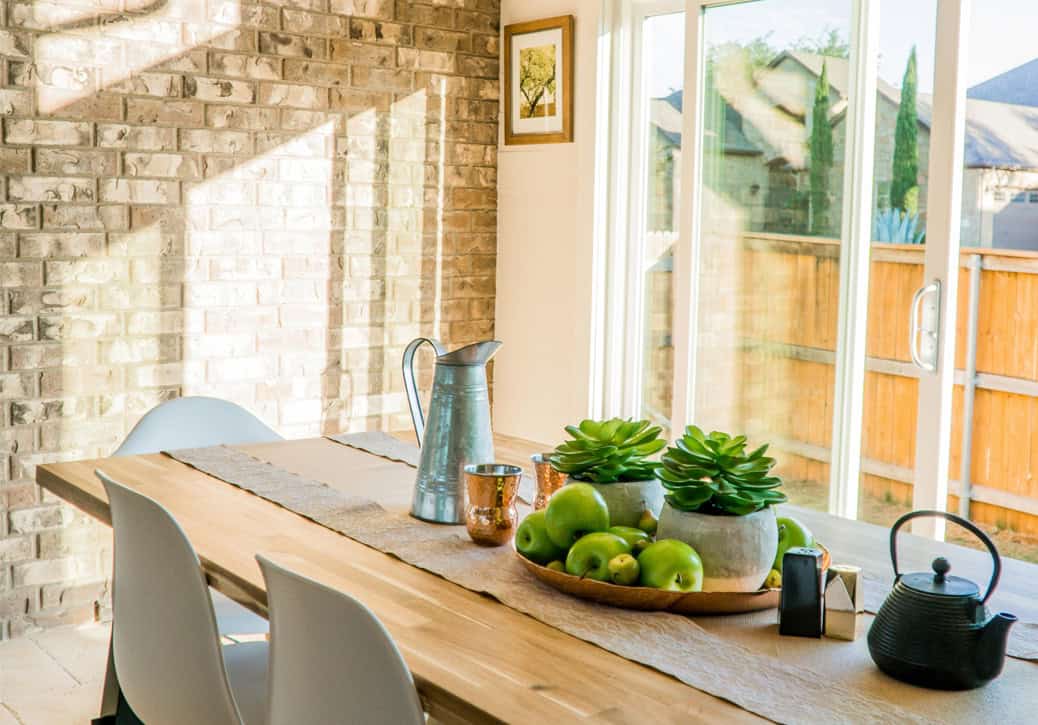From apps designed for a better night’s sleep and going on a virtual vacation to robocall blockers and easily finding your lost stuff.
By Marc Saltzman
It’s been a tough go, and we’re not quite out of the woods yet. Oh sure, Canada’s vaccination rollout is (finally) in full swing, and cases seem to be dropping as a result, but experts warn we still need to be vigilant against the spread of COVID-19 and its variances.
That is, while there’s light at the end of the tunnel, we’re still encouraged to practice physical distancing, mask wearing, and hand sanitizing, as the golden trifecta for keeping healthy in 2021.
Thankfully, technology has proven to be a huge help over the past while—allowing remote workers to stay connected, students to learn at home, and family and friends to remain in touch through video communication—but there are some less obvious tech tools that can play a role in our physical and mental health during these most unusual times.
The following are just a sampling of what’s available, to help you stay healthy and happy, organized and productive, until we’re all through this thing together.
Get a better night’s sleep
You don’t need to be “woke” to appreciate all the health benefits of sleep.
Following decades of research, the medical community has confirmed at least seven hours of sleep per night promotes better concentration and productivity, and results in a lower risk of heart disease, a stronger immune system, lower weight gain, and fewer instances of depression.
If you’re reading this and thinking “seven hours? I wish!” or “I know all this, but still have trouble falling or staying asleep,” you’re not alone—especially during a time when more is weighing on our minds.
While there are several factors that could impact the quantity and quality of your sleep—aging, diet, stress, room conditions, and alcohol consumption, to name a few—tech might be able to help monitor your sleep and/or help you get a better one.
For some apps that can help, Sleep Cycle leverages your smartphone’s built-in microphone and accelerometer, which picks up your movements as you sleep using sound and vibration analysis. The app then analyzes the data to determine if you are in light sleep, deep sleep, or a REM dream state—and then wakes you up at an optimal time (within a 30-minute window that you set). The app attempts to rouse you during your lightest phase of sleep, so that you wake up feeling rested and refreshed.
A Montreal-based app called Relax Melodies, on the other hand, helps you fall asleep by letting you choose from a myriad of soothing nature sounds—like a crackling fire, crashing waves, or thunderstorms in a forest—and the option to create your own soundscape on your phone or tablet. It also includes white noise options, meditation sessions, bedtime stories, and a section on SleepMoves, a series of body-mind exercises and relaxation techniques.
As one of the more popular apps for mindfulness and meditation, the Calm app is loaded with guided sessions in varying lengths, ranging from 3 to 25 minutes, and with content designed for all meditation skill levels and that includes full seven- and 21-day programs, too. Simply choose a topic that matters most to you, such as Deep Sleep, Happiness, Managing Stress, Focus, Calming Anxiety, or Breaking Habits—and the desired length of the session. Track your progress, including daily streaks.
When it comes to devices, the all-new (2nd Gen) Google Nest Hub ($129) is a smart display that lets you verbally ask a question and hear—and see—a response from your trusty personal assistant. Or you can use the touch screen to play videos, access recipes, and more. On your night table, however, it also uses motion and sound to monitor your sleep, and can detect light and temperature in the room. It can help track when you go to bed, when you wake up and how long (and well) you’ve slept, and then give customized suggestions over time.
Go on a virtual escape
If you think today’s video games are exciting—between its photorealistic graphics, surround sound, and massively multiplayer maps—wait until you step into the world of virtual reality (“VR”). In fact, it’s not just for gamers, but offers several other digital escapes, too.
Simply slip on a lightweight headset and you’ll be transported to a fully immersive digital world, complete with 360-degree visuals, tied to head tracking, which means wherever you turn your head in real life (up, down, side-to-side, or even looking behind you), it’s as if you’re looking at this virtual world with your own eyes. This effect is so realistic it can trick your brain into thinking what you see is the real deal.
But it doesn’t just stop there. Audio is also “spatialized” in a VR world, therefore you can hear sounds all around you, such as a moaning zombie creeping up from behind you. What’s more, most VR systems let you “touch” virtual content by using a controller in each hand, or in some cases, using nothing but your hands.
Oculus Quest 2 ($399 for 64GB of storage or $549 for 256GB) from Facebook is one of the latest—and most popular—VR headsets available. Since it doesn’t need to plug into anything, you simply join it to your Wi-Fi, sign
in with your Facebook account, and begin downloading and playing. There is a ton of content available at the Oculus Store.
The headset is small, lightweight, and comfortable. With some content you can simply use your outstretched hands to interact with what you see. Cool, no?
Besides games, 360-degree videos make you feel like you’re right there, whether it’s a virtual trip to an African safari or watching a Cirque du Soleil performance.
VR is starting to be used in sports, too, so imagine one day “sitting” in the best seat in the house of your favourite team—while in the comfort of your home!
VR is also being used for education (such as traveling through the human body in a science class), in therapy sessions (including the treatment of phobias, like a fear of spiders or heights), for shopping (virtually walking around malls), communication (chat rooms, boardroom meetings, and online dating), and artistic expression (virtual painting, music collaboration), and more.
Fight back against robocallers
Talk about adding insult to injury: it’s challenging enough to stay productive at home during the pandemic, yet illegal robocallers are increasingly getting through to your mobile phone and trying to defraud you.
And this includes calls from phone numbers that look like they’re from friends, but are “spoofed”—or disguised—by crooks who claim to be with Revenue Canada, your bank, or the police.
You’ve tried blocking numbers, to no avail. You’ve signed up on the National Do Not Call List. They’re still calling. You’ve complained to the CRTC. Nada.
Unfortunately for these fraudsters, who are often overseas, using computers to dial a bunch of numbers is a fast, efficient and extremely cheap way to dupe as many people as possible. Scammers hope that a small portion of call recipients take their bait.
While there is some headway being made south of the border—as the Federal Communications Commission (FCC) requires mobile providers to implement call-authentication technology by this summer (called “STIR/SHAKEN” verification)—Canadians at this point need to fight back with downloadable apps and common sense.
The first tip is to download a call blocker. Try a free solution to see if it does the trick. No-cost apps like Truecaller and Hiya are carrier-agnostic. Experiment with the options these apps offer, to strike the right balance between the calls you want and those you don’t. It may take a trial and error to avoid a “false positive,” the term for a legitimate call that is stopped.
If free services don’t work, paid services will be tougher on incoming calls, as they offer more advanced features. Apps like RoboKiller and CallHero require a small monthly subscription but are popular solutions to reducing unwanted calls. It doesn’t matter which phone provider you’re with.
RoboKiller, for example, which costs $3.99/month or $29.99/year, says it eliminates up to 99 percent of spam calls, because of its patented audio fingerprinting technology that uses machine learning to detect robocalls, coupled with its global database of 1.4 billion analyzed calls it matches against in real time.
As an optional (and fun) feature, RoboKiller can direct incoming spam calls to clever recorded messages called Answer Bots—even voiced by celebrities—to give these malicious types a sense of what’s like to have their time wasted. It also works with text messages by eliminating about 95 per cent of all spam text messages, says RoboKiller.
When it comes to common sense, if a call gets through a robo-blocker app, and you don’t recognize the caller, always let it go to voicemail. If it’s important (and a real company calling you), they’ll leave a message.
If the caller claims to be from your bank, don’t call back a phone number left on voicemail. Use a number you know is legitimate, such as one on a statement or credit card.
Finally, hang up if it’s a live person calling, as some computer-based robocall systems allow. Do. Not. Engage.
Track all your things
You don’t consider yourself the forgetful type, yet somehow you can’t seem to find your smartphone on a daily basis.
It’s not unusual to misplace your car keys or reading glasses (which are on your head). And wasn’t your wallet on the kitchen counter a moment ago?
OK, we’re all had a lot on our mind these days, but wouldn’t it be great if you could attach a teeny thingamajig to all your things? If you couldn’t find something, you simply could open an app or use your voice to see where it is.
While Apple just launched its own AirTags, the Tile family of trackers has been around for a few years and is best known. Attach the square Tile Mate ($29 each or $89 for a package of four) onto everyday items such as house keys, a purse, suitcase, briefcase, or wallet.
If you can’t find something, open the app and tap the name of the item, such as “Marc’s keys” or “Kellie’s purse.” The Tile will ring loudly up to 200 feet away and show you the item’s last known location on a map.
On the flip side, if you can’t find your phone, double-press an activated Tile Mate to make your lost phone ring—even if you’ve set it to silent.
Available in several colours, the Tile Pro models ($39 each, $65 for two, or $129 for a four-pack) also use Bluetooth, are more durable and have a range of up to 400 feet.
The newest members of the family are Tile Sticker ($49 for two or $75 for a package of four), which are much smaller, waterproof, adhesive-backed trackers that work up to 150 feet—ideal to affix on the back of a TV remote.
While your odds of finding lost stuff drop considerably if it’s outside the house—as the technology relies on Bluetooth—the network of Tile owners can be leveraged to help. Once an item is marked as lost, if any opt-in member spots the missing item, the owner can be automatically notified of its location.
Similar to Tile, Apple launched its circular AirTags this past Spring ($39 for one or $129 for four). Along with Bluetooth, Apple’s solution also utilizes UWB (ultra-wideband) technology to help find missing items, which operate on higher frequencies and offers better spatial and directional data, for “precision tracking. UWB is available on smartphones including iPhone 11 and iPhone 12. These tags also work with the Find My app, and support Siri voice activation.
As a downside, there is no direct way to attach Apple’s trackers to an item unless you pick up an accessory.













